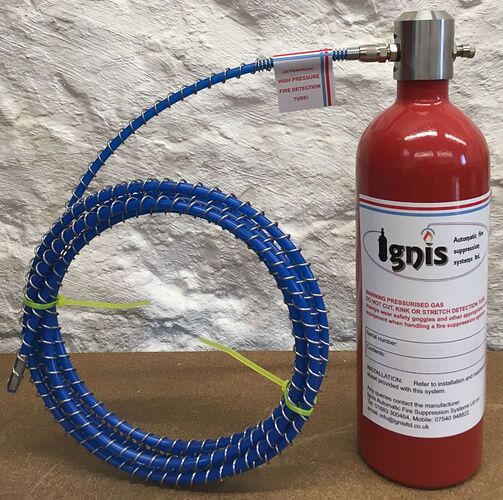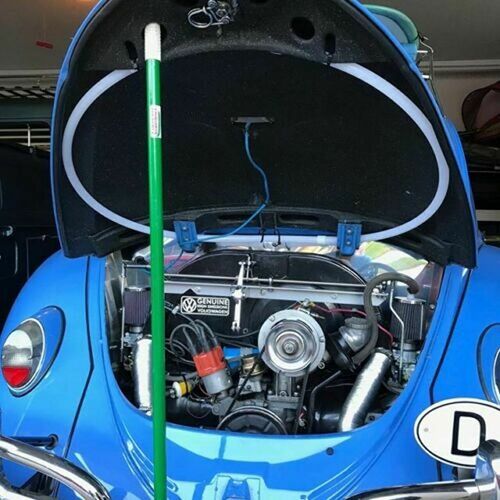How are you determining this?
Can get this info from the device itself?
The “type of contact” symbols are printed on the devices.
(Look at the contact symbols on the 3 pics vs the IEC symbols for switchgear).
This is my point, many people are blissfully unaware that devices that look physically similar are application-specific.
What confuses me a little bit, is how a circuit breaker is not suitable for isolation?
The rest I understand, usually you want to see the little cross, that means it has overcurrent protection. Another thing you frequently see on double-pole things is that only one side has the overcurrent protection.
When I moved into this house, the main 60A breaker, which is a CBI… had two green arms. Since I was more familiar with DIN-rail rather than Samite breakers, I didn’t notice until someone pointed it out to me. I had no overcurrent protection in the place, the main 60A breaker was an isolator. It had passed a CoC just a few weeks earlier…
I am not speaking definitively:
I’d imagine there is an IEC standard that defines the minimum dielectric strength and properties of the contact gap that is suitable for isolation. The visual aspect of the gap doesn’t seem to play a part.
Certainly, at EHV levels on the transmission system isolators and CB’s are two different things and the visual aspect does have a role.
It is unusual to come across a CB suitable for isolation. If I recall in my brief foray in generation, the 22kV CB’s on the LV side of Tutuka generators are suitable for isolation, but they had a visual window so that the contact gap could be seen.
A lot of the new inverters and Battery suppliers clearly state in their manuals that their product must be fused and a separate DC Disconnect must be installed. I was even asked by an insurance assessor, whether a dc disconnect was installed on a site where a claim was raised.
A fuse has only one purpose and that is to protect the cable. The dc disconnect on the other hand is to enable you to disconnect the current under full load. ( Emergency cases ) Ever tried to open a Keto whilst it is under full load? I strongly would not recommend!
Unfortunately DC Disconnects in South Africa is very expensive and most of the suppliers has no stock. I was looking for a DC Disconnect of 400 amp in January and ended up importing.
Hope this helps in clearing the matter
My Keto breaks Pos and Neg from the battery.
So I want to know more about what is going to happen if I pull it under full 5kva load?
Disconnect under full load is not advised. In fact I’m pretty sure that would void most inverters warranties. (Regardless if done with keto or other method)
And that’s why your inverter have a on and off switch  to switch it off before pulling that lever.
to switch it off before pulling that lever.
Groot vraag, wie van julle het al oor dit gesit en dink wat jy als moet doen wanneer iets verkeerd gaan. Jip, you need to have a plan of action if something go’s wrong. Now some guys will run and pull the DC Isolator switches and this and that. There some steps that you need to follow.
What has gone wrong in this hypothetical situation?
The worst-case scenario I can think of is that something is on fire.
If you can reach the DC and AC isolators safely, then I would pull those so that hopefully whatever is on fire is not energized. Then it should be safer to try putting out the fire.
We had a disconnect steps list going on this forum at some time.
I will bite  If it burns, grab the CO2 at the outside of the door, empty the 10Kg CO2 in the very small room. Also add a nano particle one in there, close the door. Claim.
If it burns, grab the CO2 at the outside of the door, empty the 10Kg CO2 in the very small room. Also add a nano particle one in there, close the door. Claim.
No fire but smoke/sparks or burning smell or fluids leaking, have small extinguisher in hand, kill switches starting from the door, trip big solar, kill Quattro and soon to be second Quattro kill second Solar, kill all mains then kill battery bank by them switches.
Groetnis
If you have correct fuses and breakers you will never need to worry about it. Unless a spanner falls across your battery terminals you never going to see the sparks you see in the movies.
If there was a major fault of some sort internally in the inverter and all the smoke is coming out I would kill the 220V board being fed from inverter first and then disconnect dc supply from battery and PV. But as I said before if there is a major fault the fuse would have blown looooooong ago
@JacoDeJongh I think it’s time for you to post that pic of the gutted (Victron) inverter which was incinerated due to a gecko we believe…
Unfortunately there are things that can start a fire without ever tripping any of the protection. Such as a loose connection for example.
hahahah, Close the door and claim. Classic one. ![]() CO2 is good thing to have close buy yes. That nano particle one, that one is a gaga one to clean.
CO2 is good thing to have close buy yes. That nano particle one, that one is a gaga one to clean.
I still want to build a CO2 system for mine and got a loaded Co2 bottle. I have seen a setup where they run small pneumatic pipe in a system that is connect to a CO2 setup. If a fire breaks out close to the pneumatic pipe that’s under pressure, it will burn the pipe and the CO2 will hit that spot where it burns.
You get ones that the guys run in the beetle/komby engine compartment.
You get this ones:
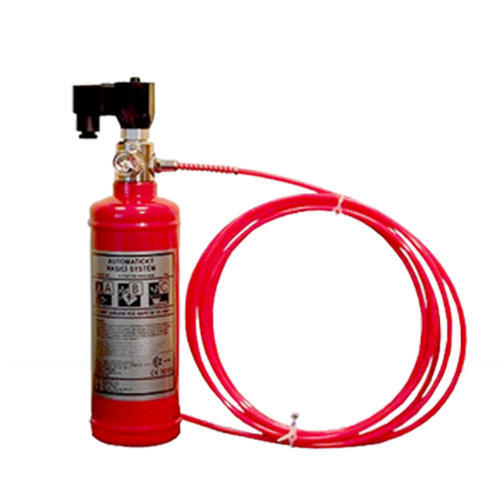
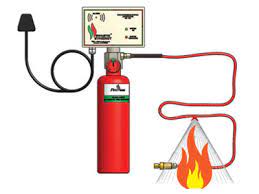
And then you get one they call Blazecut.
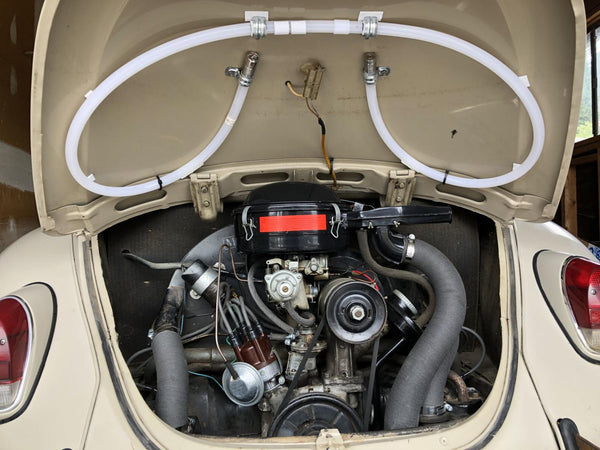
My steps is , cut AC loads by dropping all AC trip switches so that you get the load of the inverter, drop PV side if you got PV on the system, drop inverter by switching off inverter or pull fuses on the inverter “MLT powerstar runs it’s own Fuses that is on the front side”, and then pull isolater/fuses on the batteries.
You right but its not a major fault. That is why its good practice to tighten all terminals every now and again especially in locations with high vibration. The gecko I also find strange it didn’t trip anything.
I remember that one. And that’s not the first one I have heard of. I think a spider killed my first inverter that was a Axpert. I found it under the main board when I removed the board . It was stuck on the board.
One early morning four years ago, my wife woke me and told me the power was off. I told her she must just be patient , Escom will restore just now! When she said " and the solar " I knew.
When I got to the solar room, there it was just flames. Escom were off, in the middle of the night and the Imeon was burning! Luckily I installed a dc isolator and when I pulled the lever, the flames were killed almost immediately. I had fuses, but not a Keto like braker. This isolator saved my house !
After this whole episode I tried to pull a fuse holder at full load ( 200 amps ) and hell…welding at its best!
Out of my own experience I strongly recommend not to cut corners, but to rather install a dc disconnect
Regards
